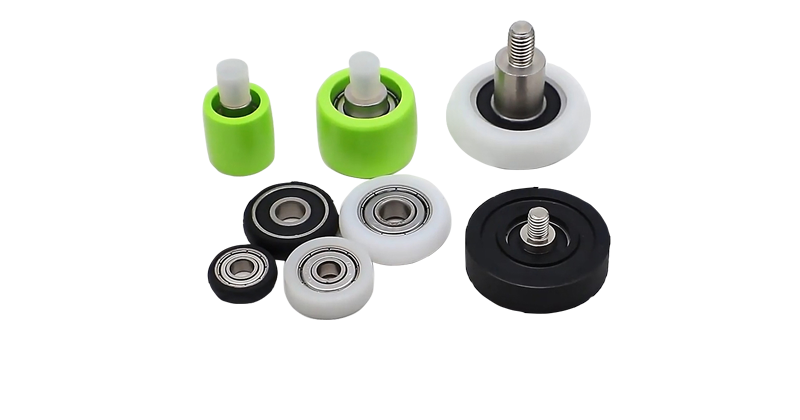86-15820855246(WhatsApp)
info@semeimachinery.com
 SEMEI Wheel Bearings : Why are my drawer slides not closing properly?
SEMEI Wheel Bearings : Why are my drawer slides not closing properly?When drawer slides are not closing properly, there can be several reasons for this issue. Here are some common causes and steps you can take to diagnose and fix the problem:

Misalignment:
Check the alignment of the drawer slides. Ensure they are parallel and at the same height.
Adjust the mounting screws to realign the slides. Some slides have adjustable mounting points that can be fine-tuned with an Allen wrench or screwdriver.
Cause: The drawer slides may be out of alignment with the cabinet or with each other.
Solution:
Debris or Obstructions:
Remove the drawer and clean the slides thoroughly with a soft cloth or brush.
Use compressed air to blow out any stubborn debris.
Cause: Dust, dirt, or other debris can accumulate in the slide mechanism, causing it to jam or bind.
Solution:
Worn or Damaged Parts:
Inspect the slides for any visible signs of wear or damage, such as bent parts or broken rollers.
Replace any damaged or worn-out slides. Replacement slides can often be found at hardware stores or online.
Cause: The slides or their components may be worn out or damaged.
Solution:
Loose Mounting Screws:
Tighten all mounting screws securely. Use a screwdriver to ensure they are snug but not over-tightened, which could strip the threads.
Cause: The screws that attach the slides to the drawer or cabinet may have come loose.
Solution:
Incorrect Drawer Assembly:
Disassemble the drawer and reassemble it, ensuring all parts are correctly aligned and securely attached.
Check that the drawer sides, bottom, and front/back panels are square and true.
Cause: The drawer itself may be assembled incorrectly or may have parts that are not aligned properly.
Solution:
Warped Drawer or Cabinet:
Check the drawer and cabinet for any signs of warping. If the drawer is warped, you may need to replace it.
If the cabinet is warped, consider using shims or adjusting the cabinet to correct the alignment.
Cause: The drawer or cabinet may be warped, causing the slides to not align properly.
Solution:
Incorrect Slide Type:
Verify that the slides are the correct length and type for your drawer and cabinet. Full-extension slides, partial-extension slides, and side-mount slides all have different specifications.
Replace the slides with the correct type if necessary.
Cause: The slides may not be the correct type or size for the drawer and cabinet.
Solution:
Overloading:
Remove some of the contents to reduce the weight of the drawer.
Ensure the weight is evenly distributed within the drawer.
Cause: The drawer may be overloaded, putting too much strain on the slides.
Solution:

Inspect the Drawer and Cabinet:
Check for any obvious signs of damage or misalignment.
Ensure the drawer is square and true.
Clean the Slides:
Remove the drawer and clean the slides thoroughly.
Use compressed air to remove any debris.
Check Alignment:
Ensure the slides are parallel and at the same height.
Adjust the mounting points if necessary.
Tighten Mounting Screws:
Tighten all screws that attach the slides to the drawer and cabinet.
Test the Drawer:
Reinstall the drawer and test its operation.
If it still doesn't close properly, proceed to the next steps.
Check for Wear or Damage:
Inspect the slides for any signs of wear or damage.
Replace any damaged or worn-out slides.
Verify Slide Type:
Ensure the slides are the correct type and size for your drawer and cabinet.
Replace with the correct type if necessary.
Adjust Weight Distribution:
Remove some of the contents to reduce the weight of the drawer.
Ensure the weight is evenly distributed.
By following these steps, you should be able to identify and resolve the issue with your drawer slides. If the problem persists, it may be helpful to consult a professional or consider replacing the entire drawer and slides.
